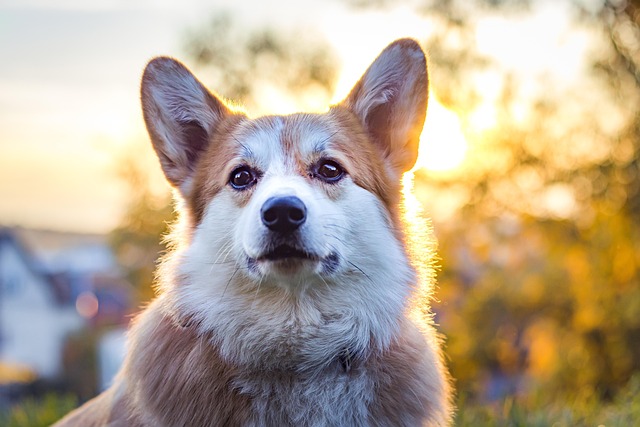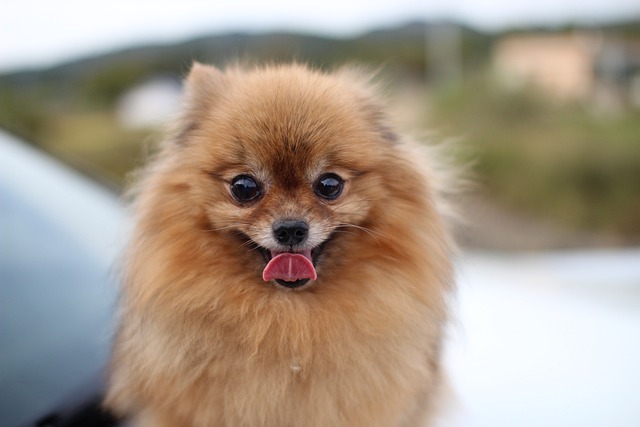
What are 5 common foods to feed dogs if they have an upset stomach
If you’ve ever watched your dog turn away from their food, then spend the next hour pacing and whimpering, you know the panic of an upset stomach.
If you’ve ever found yourself gently lifting your dog’s skin folds to check for redness or irritation, you’re already a step ahead in pet care. The question of whether coconut oil can be a safe solution for those delicate areas is one that many dog owners grapple with. Let’s break it down in a way that feels like chatting with a fellow dog lover at the park.
First things first: coconut oil has some serious perks. Its antibacterial and anti - fungal properties make it a natural go - to for minor skin issues. Many owners swear by its moisturizing effects, which can soothe dry, itchy skin. When applied carefully, it can create a protective barrier against moisture that often causes those pesky fold infections.
But hold your horses before you slather it on. Just like with any new product, it’s crucial to do a patch test. Rub a tiny amount on a small area of your dog’s skin—preferably somewhere less sensitive—and wait 24 hours. If there’s no redness, swelling, or excessive scratching, you’re off to a good start.
 Here’s where things get tricky. While coconut oil is generally considered safe for topical use, regulations around pet care products vary. In some regions, using “homemade” solutions on your pet’s skin might not be in line with local animal welfare guidelines. Always double - check that you’re not breaking any rules, especially if your dog has pre - existing skin conditions that require veterinary - prescribed treatments.
Here’s where things get tricky. While coconut oil is generally considered safe for topical use, regulations around pet care products vary. In some regions, using “homemade” solutions on your pet’s skin might not be in line with local animal welfare guidelines. Always double - check that you’re not breaking any rules, especially if your dog has pre - existing skin conditions that require veterinary - prescribed treatments.
Another key point: frequency matters. Applying coconut oil too often can actually trap dirt and bacteria, turning those folds into a breeding ground for infections. Aim for once or twice a week, and make sure to clean the folds gently with a vet - approved wipe before applying the oil. This routine mimics good hygiene practices common in many households with wrinkly breeds.
Let’s talk about cultural sensitivities, too. Some communities have strong beliefs about natural remedies, while others rely solely on veterinary advice. The golden rule? Respect your dog’s needs and consult a professional if you’re unsure. After all, our furry friends can’t tell us when something’s off, so it’s our job to be cautious.
In the end, using coconut oil on your dog’s folds can be a great addition to your pet care routine if done right. Think of it as a tool in your dog - parenting toolbox, but always pair it with common sense and a healthy dose of caution. Your dog’s wagging tail and happy demeanor will be the best reward for taking the time to get it right.

If you’ve ever watched your dog turn away from their food, then spend the next hour pacing and whimpering, you know the panic of an upset stomach.

If you’ve ever cleaned up diarrhea or watched your dog vomit after meals, only to feel helpless as they refuse their next bowl of food, you know the stress of a sensitive stomach.

If you’ve ever stared at the ingredient list on your dog’s kibble, wondering what “meat by-products” really are, you’re not alone. New dog owners

If you’ve ever noticed your dog suddenly shaking their head like a wet towel, or pawing at their ear until it’s red and sore, you might’ve wondered if they’re just being “naughty.”

Finding worms in your dog’s stool or noticing them scooting uncomfortably across the floor is enough to make any pet owner’s heart sink.

If you’ve ever dreamed of having a dog but hesitated because your eyes water and nose runs around furry pets, you’re not alone.